Francesca DiMattio and Tory Burch on their shared passion for porcelain
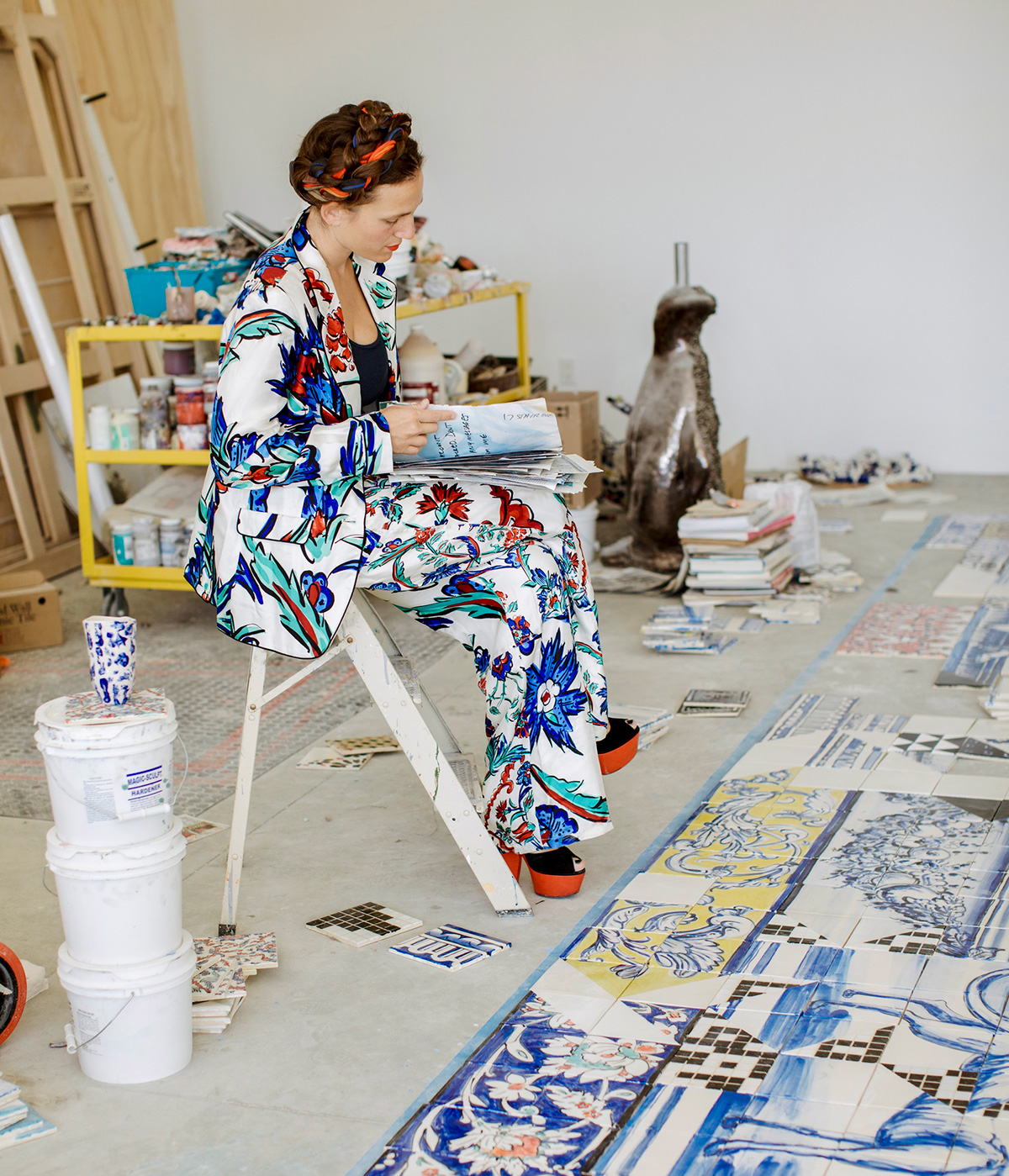
With the Spring/Summer 2021 fashion season currently underway in New York (albeit virtually for the most part), amongst the city’s more high profile labels who have decided not to stage a fashion show under the present conditions is Tory Burch.
‘Even before the pandemic, I had decided not to have a show in the traditional sense of it. We were [going to open] a store on Mercer Street and I thought it would be interesting to have an all-day thing, where people would stop by and see things in a personal way,’ recalls Burch. ‘As the pandemic developed, I wanted to be respectful to the world and not show. For us, I just felt that was the right thing to do.’
Instead, Burch is celebrating her collaboration with the New York-based ceramic artist Francesca diMattio for the label’s Fall/Winter 2020 collection, which launches this month. The two first met back in 2012, when Burch, an avid ceramics collector, bought one of diMattio’s first sculptural pieces, created shortly after the artist had moved away from painting to create sculptural work.
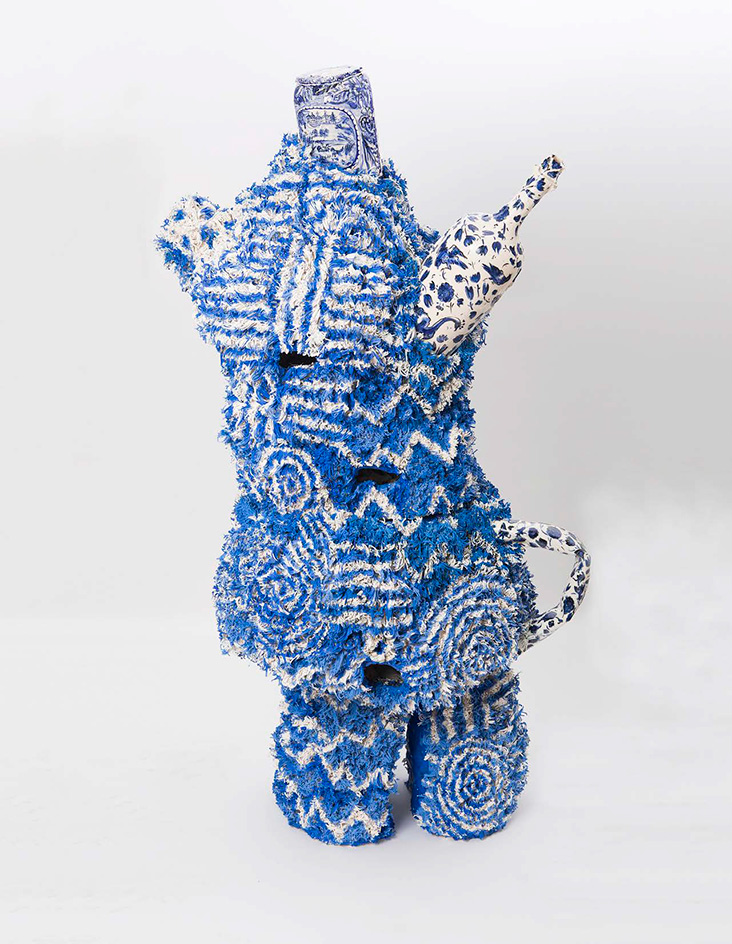
Boucherouite IV (2017)
‘We have a mutual friend, Jeanne Greenberg Rohatyn, who owns the gallery Salon94 [that represents Francesca],’ shares Burch. ‘I loved Francesca’s take on the idea of something traditional, [which she] then certainly puts her own spin on it. The subject matters aren’t always easy. They confront this idea of femininity and what it means to be feminine. Our whole company’s foundation is about supporting women and so I really liked that [aspect] of Francesca and her work.’
‘I’ve showed with [Salon94] since 2006, but I predominantly showed paintings until that 2012 show,’ adds diMattio, ‘Tory actually bought the first piece - a tiny little vase in that show, but it was the first sculptural piece during that transitional time that I sold. So that was always memorable to me as it was also on the night of the opening.’
Since those early encounters, Burch and diMattio have toyed with the idea of collaborating. Burch says, ‘We had first talked about it almost seven years ago, and in fact, Francesca worked on a print for our foundation. I’ve always been drawn to Francesca’s use of colour and the way she shapes different ideas, whether it’s masculine/feminine, old/new, high/low.’
DiMattio agrees. ‘There is a lot of confrontation of opposites, whether it be opposing sexes, opposing cultures in terms of reverence or kitsch things. Through the making of [the piece], I try and build these perverse objects that fuse these [together] so that while in the beginning [despite] feeling so different, in the completion of the piece, they are inseparable. This can either be through certain formal relationships or something as simple as colour sometimes. A play of colour can unite two different elements that began with very little in common.’
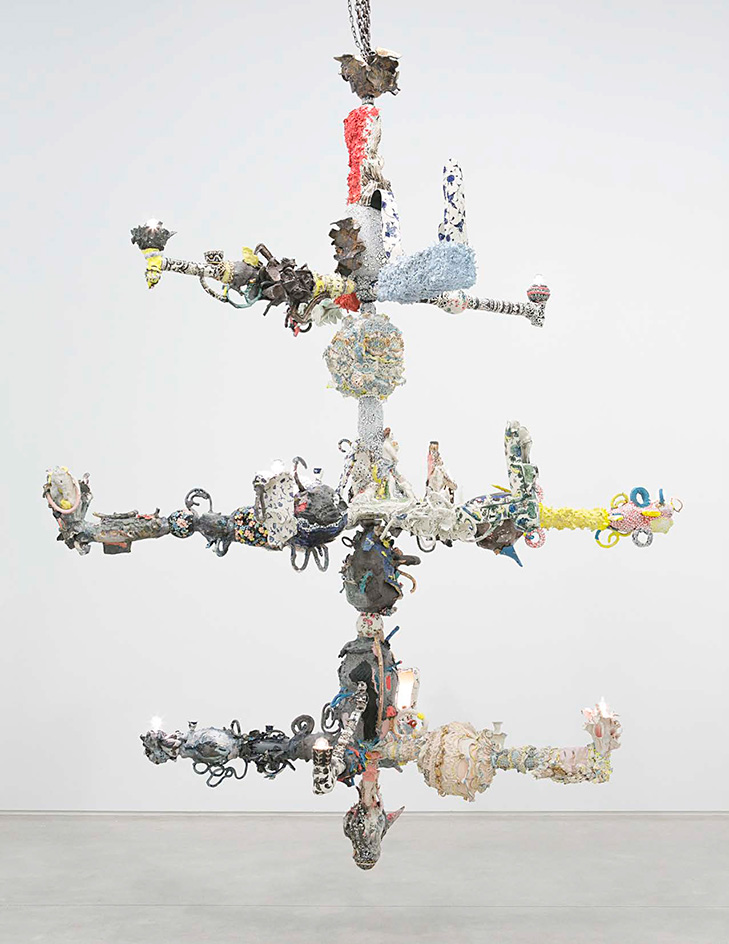
Chandelabra II (2015)
For the collection, diMattio created a selection of prints that are featured throughout. The boisterous, gestural prints, which often reference one of the artist’s sculptures, range from fluid florals to abstractive interpretations on Sèvres porcelain.
‘[I started] looking at traditional French porcelain; these very tightly rendered floral patterns with gilded edges, almost like little vignettes, and I repainted them until my hand could almost do them from memory,’ she shares. ‘They became looser and looser and in doing so, the colour and everything became quicker and it had a tougher hand to it. Instead of having this clean, careful, sweet touch that you would find, it’s a bit more bold, tough and empowered, which speaks more to the kind of woman that I identify with myself.’
Applied onto pieces as varied as knitwear, handbags, sandals, fluid silk dresses and knife-pleated skirts – one of diMattio’s favourite pieces, the result is a reinvigorated portrait of sophistication and femininity, that certainly makes no apologies.
In taking on the responsibility of translating diMattio’s work into garments, Burch and her team sought to reinforce those feelings of strength and courage in the collection. ‘We worked on the ideas of proportion and scale, how things translate on the actual fabric,’ Burch reflects. ‘Some of [Francesca’s] sculptures are really extraordinary – some parts look like a hand-woven sweater and when you get closer, you realize it’s just textured porcelain. To interpret that without being so literal and have that be part of the design and drape, it was really interesting.’
Burch and her team did multiple rounds of trials for each garment to ensure that each design was just right. From assessing the colours and finishes of the actual prints, fine-tuning their proportions and then finding the best fabric or combination of fabrics that would complement them as well, the goal was to imbue each piece with as much of the spirit of diMattio’s original sculptures as possible.
‘I really believe that people still want to experience joy, optimism and want to celebrate. In a way, whatever you can celebrate is so much more meaningful because we now see what it means not to be able to do things,’ Burch concludes. ‘People are investing in pieces. They’re probably buying less, but they’re going to buy pieces that they’ll wear and wear and wear again. These prints are joyful, when you see them and when you wear them.’
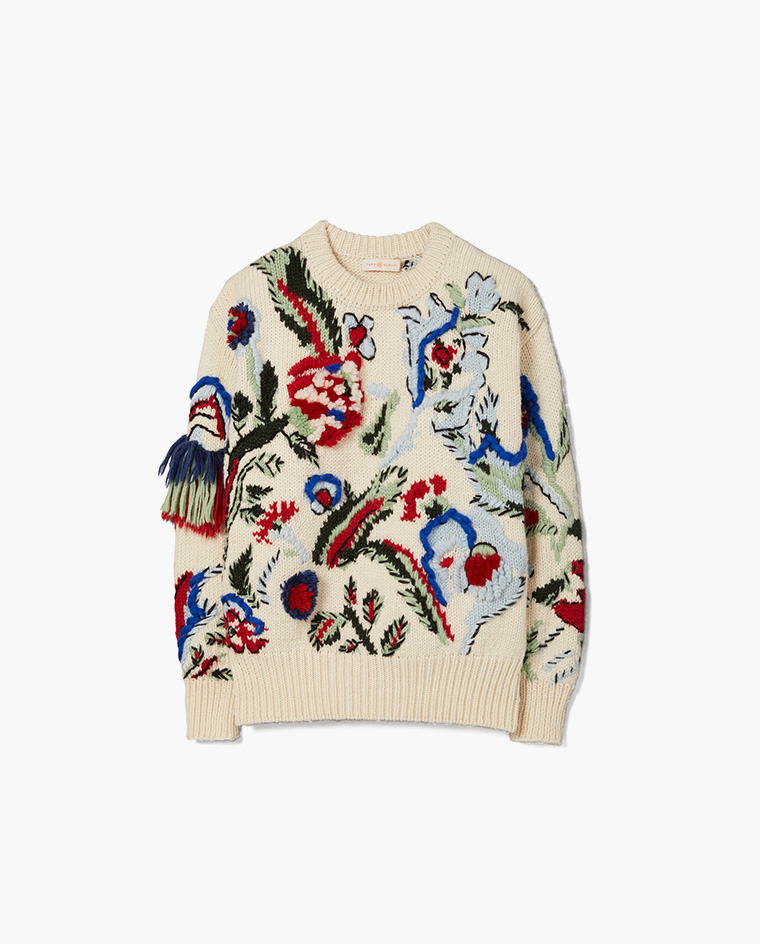
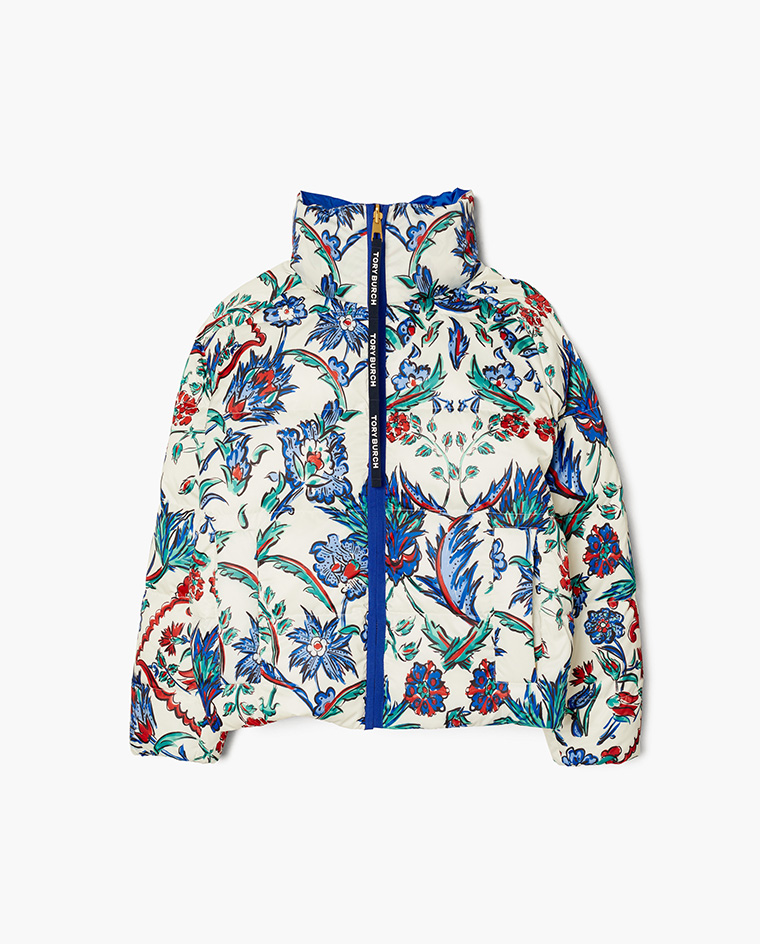
INFORMATION
Receive our daily digest of inspiration, escapism and design stories from around the world direct to your inbox.
Pei-Ru Keh is a former US Editor at Wallpaper*. Born and raised in Singapore, she has been a New Yorker since 2013. Pei-Ru held various titles at Wallpaper* between 2007 and 2023. She reports on design, tech, art, architecture, fashion, beauty and lifestyle happenings in the United States, both in print and digitally. Pei-Ru took a key role in championing diversity and representation within Wallpaper's content pillars, actively seeking out stories that reflect a wide range of perspectives. She lives in Brooklyn with her husband and two children, and is currently learning how to drive.
-
 Curvilinear futurism meets subtropical beaches at Not A Hotel’s ZHA-designed Okinawa retreat
Curvilinear futurism meets subtropical beaches at Not A Hotel’s ZHA-designed Okinawa retreatZaha Hadid Architects has revealed the design for the first property in Not A Hotel’s futuristic new Vertex collection, coming soon to southern Japan
-
 Gorden Wagener leaves the helm of Mercedes-Benz design after 28 years with the company
Gorden Wagener leaves the helm of Mercedes-Benz design after 28 years with the companyThe German designer is stepping down from the role of chief design officer at Mercedes-Benz. We look back at his influence and impact on the world of automotive and luxury design
-
 These Christmas cards sent by 20th-century architects tell their own stories
These Christmas cards sent by 20th-century architects tell their own storiesHandcrafted holiday greetings reveal the personal side of architecture and design legends such as Charles and Ray Eames, Frank Lloyd Wright and Ludwig Mies van der Rohe
-
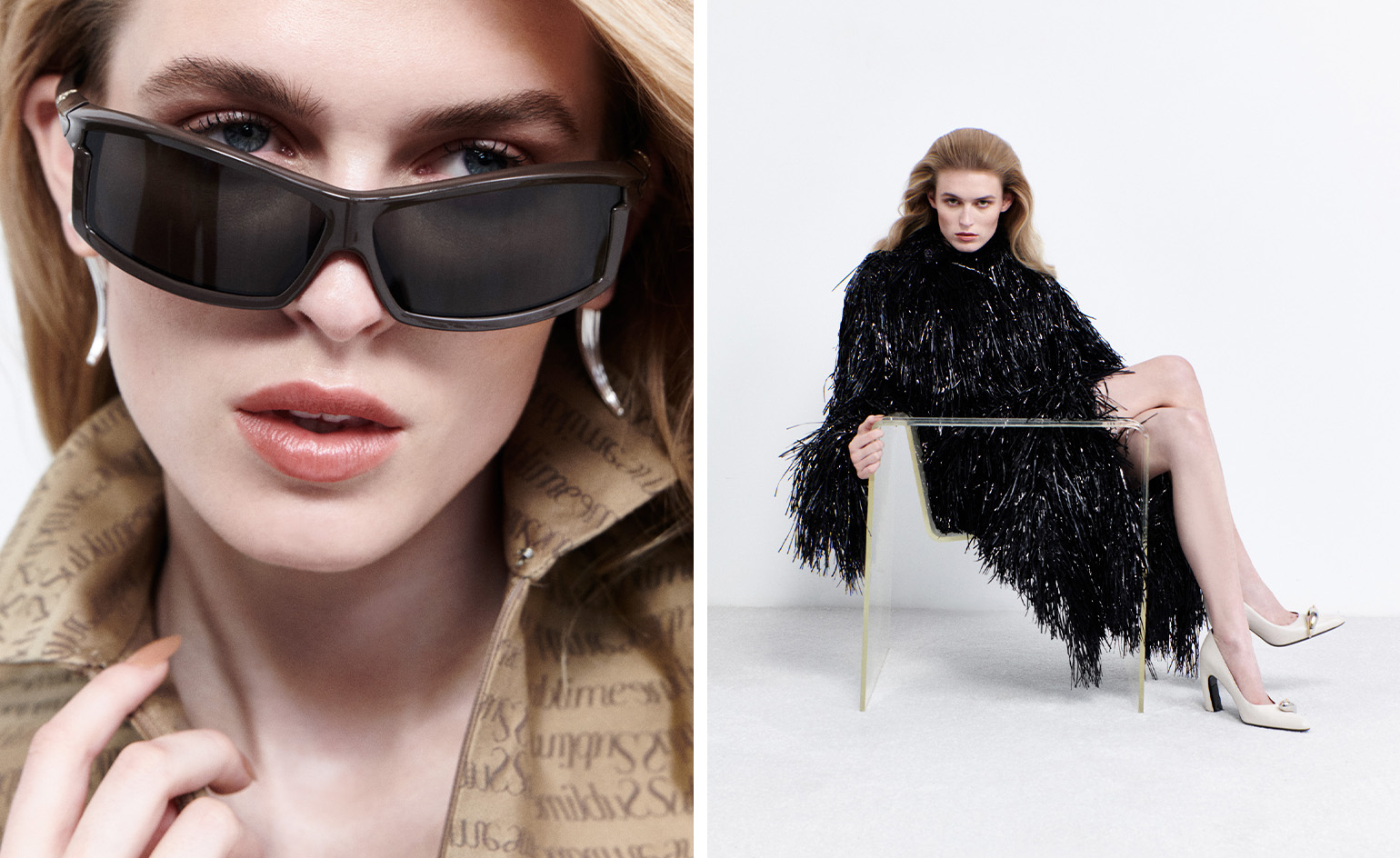 These illuminating fashion interviews tell the story of style in 2024
These illuminating fashion interviews tell the story of style in 2024Selected by fashion features editor Jack Moss from the pages of Wallpaper*, these interviews tell the stories behind the designers who have shaped 2024 – from Kim Jones to Tory Burch, Willy Chavarria to Martine Rose
-
 ‘If someone says no, you’re talking to the wrong person’: how make-up artist Marcelo Gutierrez created his own universe in New York
‘If someone says no, you’re talking to the wrong person’: how make-up artist Marcelo Gutierrez created his own universe in New YorkFresh from publishing his first book ‘Nothing Precious’, Marcelo Gutierrez speaks with Mary Cleary about his friends, collaborators and making it as a young creative in New York City
-
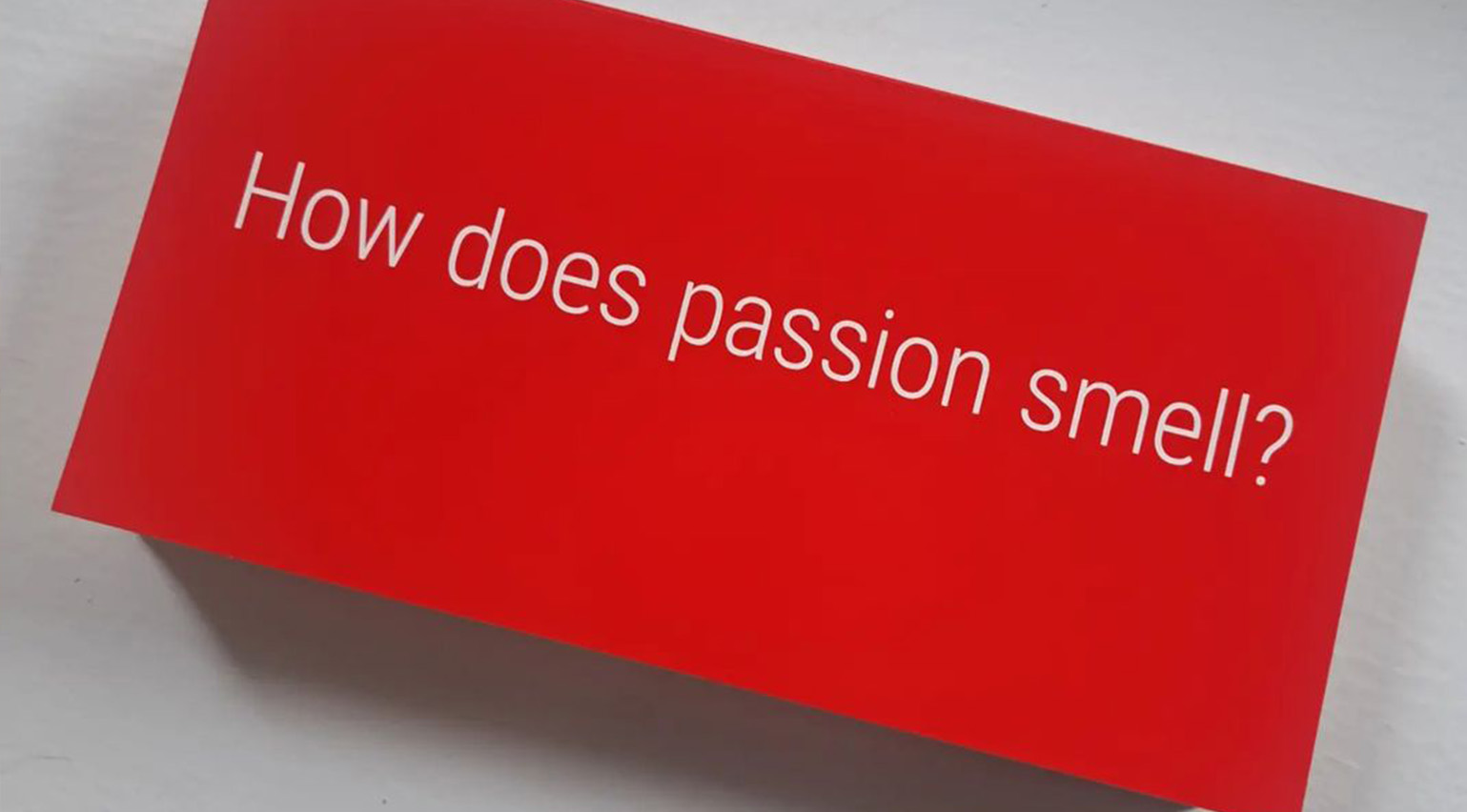 Olfactory Art Keller: the New York gallery exhibiting the smell of vintage perfume, blossoming lilacs and last night’s shame
Olfactory Art Keller: the New York gallery exhibiting the smell of vintage perfume, blossoming lilacs and last night’s shameOlfactory Art Keller is a Manhattan-based gallery space dedicated to exhibiting scent as art. Founder Dr Andreas Keller speaks with Lara Johnson-Wheeler about the project, which doesn’t shy away from the ‘unpleasant’
-
 Kohler plunges into the world of wellness with an ice bath for your home
Kohler plunges into the world of wellness with an ice bath for your homeKohler has teamed up with Remedy Place to design an ice bath for the home, marking the brand’s first move into the wellness space
-
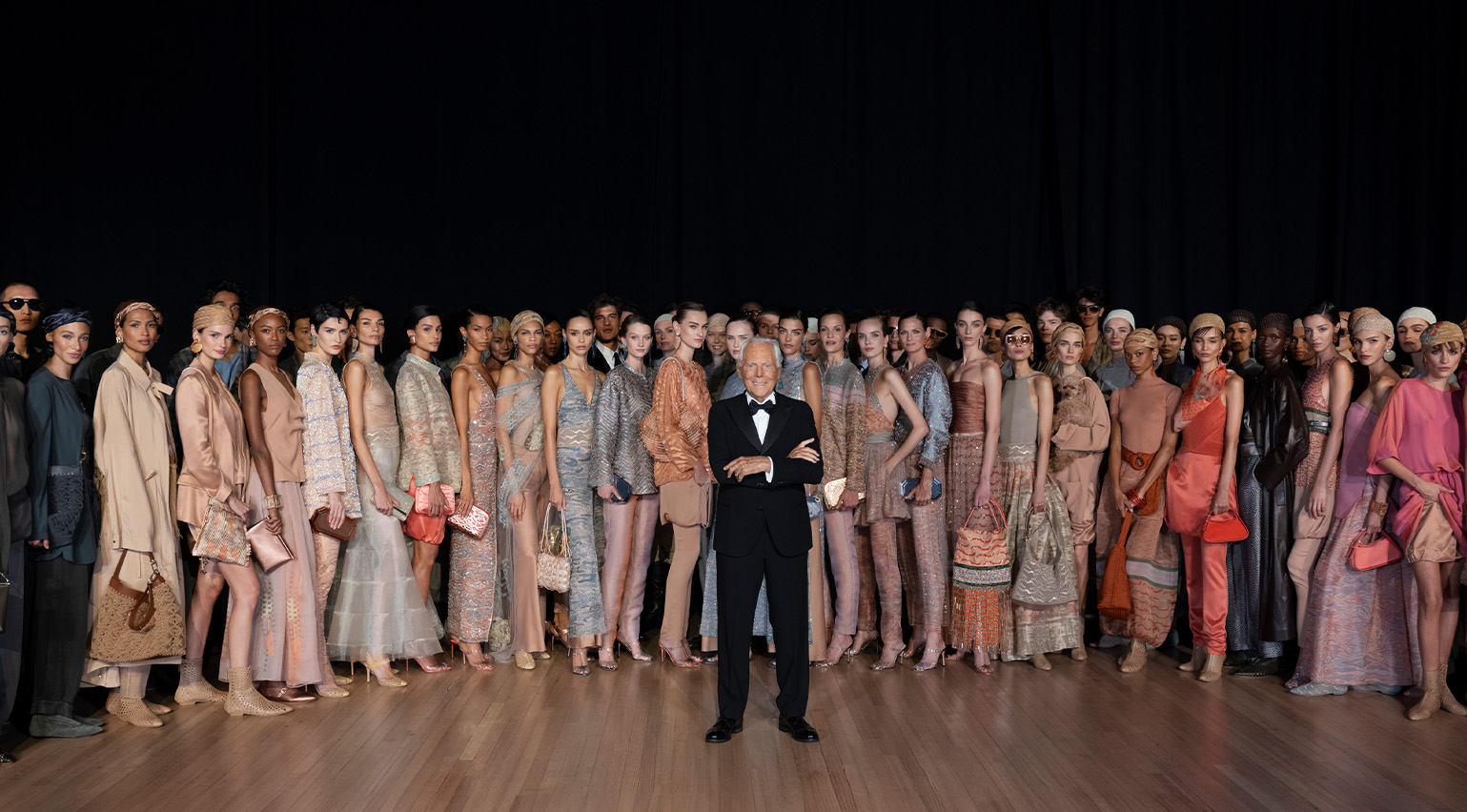 ‘Remembering without nostalgia’: Giorgio Armani presents his S/S 2025 collection in New York
‘Remembering without nostalgia’: Giorgio Armani presents his S/S 2025 collection in New YorkGiorgio Armani returned to New York for his S/S 2025 show, which coincided with the opening of a flagship boutique on Madison Avenue
-
 Discothèque perfumes evoke the scent of Tokyo in the year 2000
Discothèque perfumes evoke the scent of Tokyo in the year 2000As Discothèque gets ready to launch its first perfume collection, Mary Cleary catches up with the brand’s founders
-
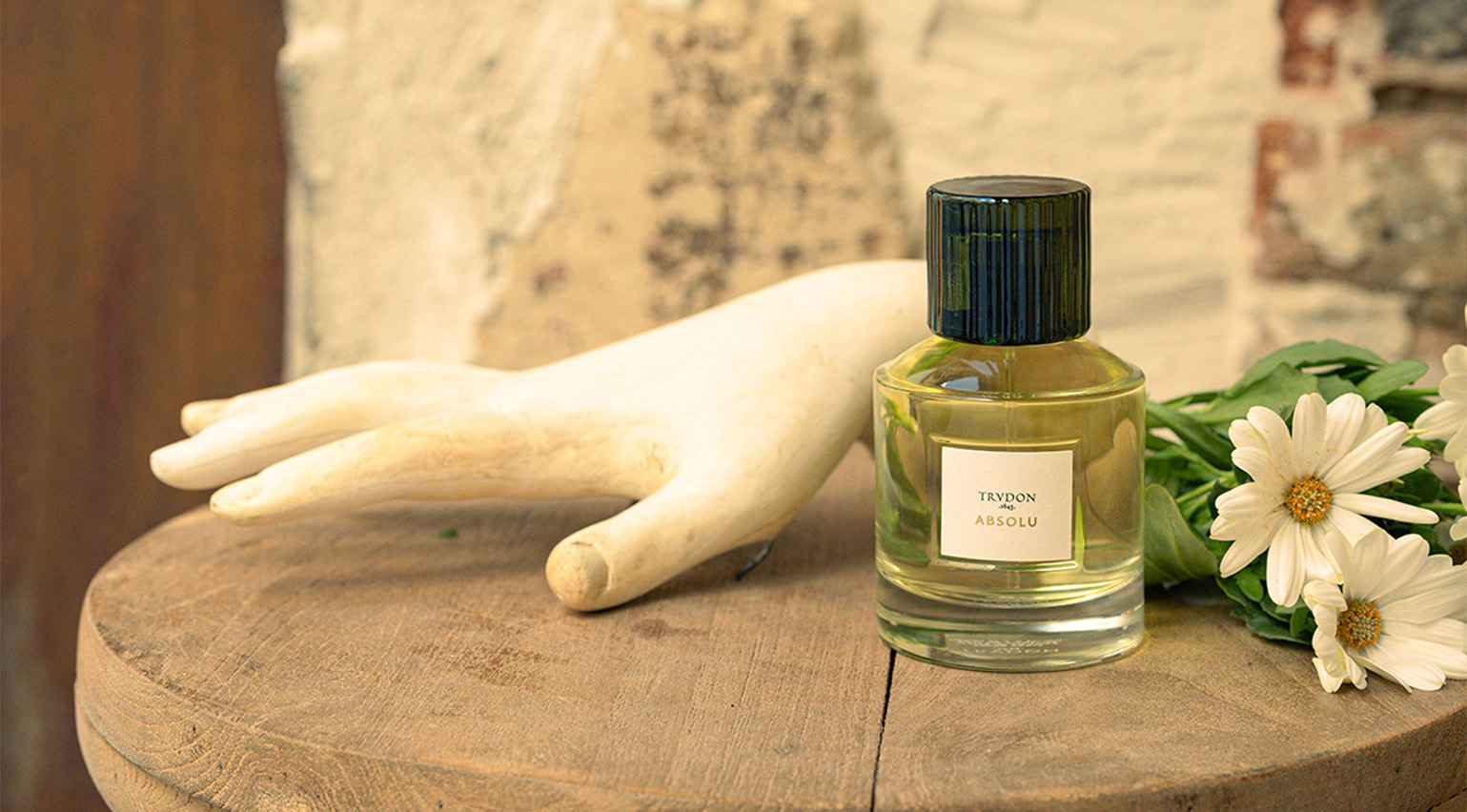 Trudon ‘Absolu’: an intoxicating orange blossom perfume for the start of autumn
Trudon ‘Absolu’: an intoxicating orange blossom perfume for the start of autumnTrudon ‘Absolu’, the house’s latest fragrance by Antoine Lie, blends orange blossom absolute with saffron, cardamom, tonka bean and guaiac wood
-
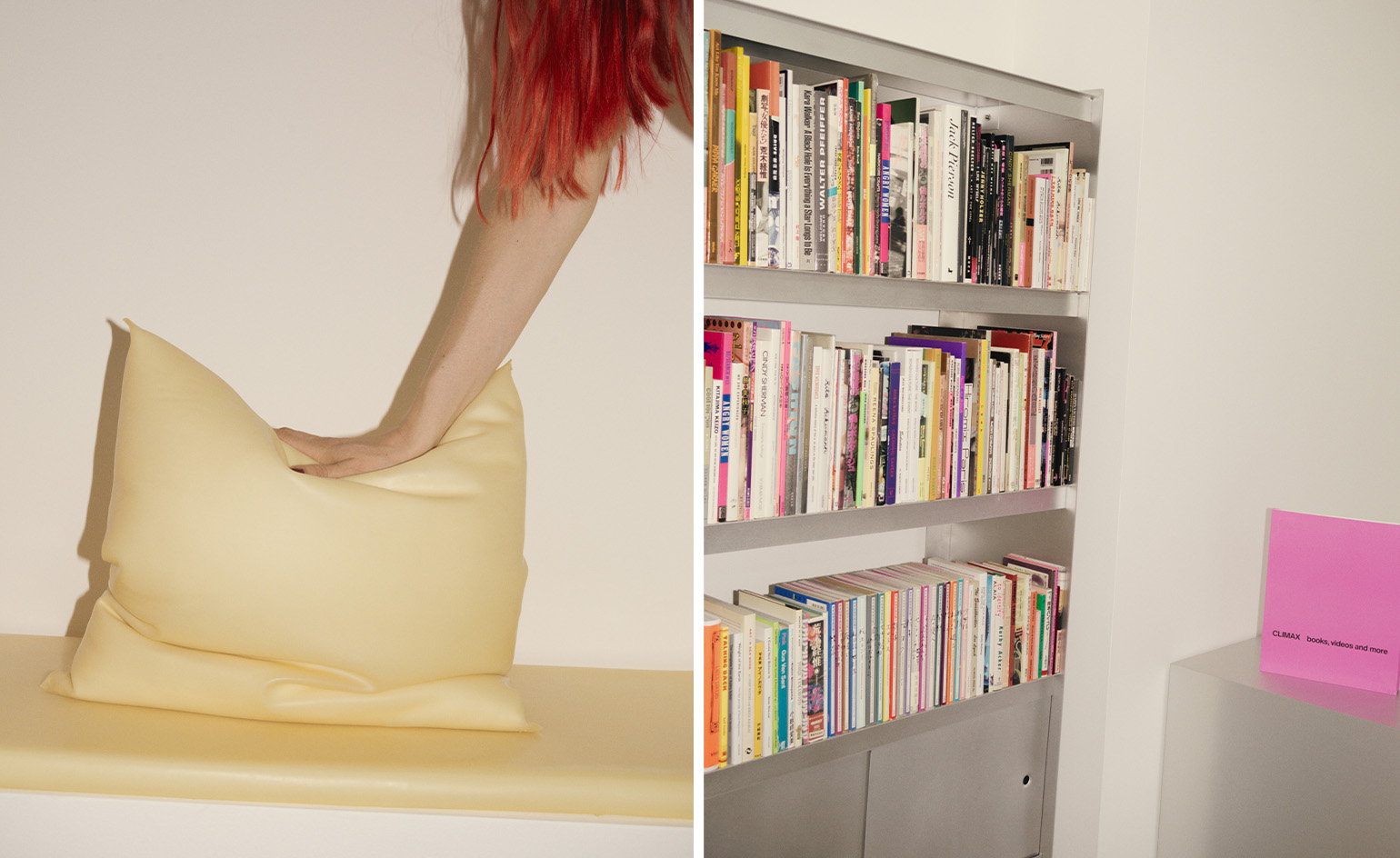 Fashion’s favourite bookstore, Climax, opens a ‘sexy, angry’ New York outpost
Fashion’s favourite bookstore, Climax, opens a ‘sexy, angry’ New York outpostWallpaper* catches up with Isabella Burley, founder of Climax, as she inaugurates a New York outpost of the cult bookstore and showcases a playful new collaboration with fashion label Chopova Lowena